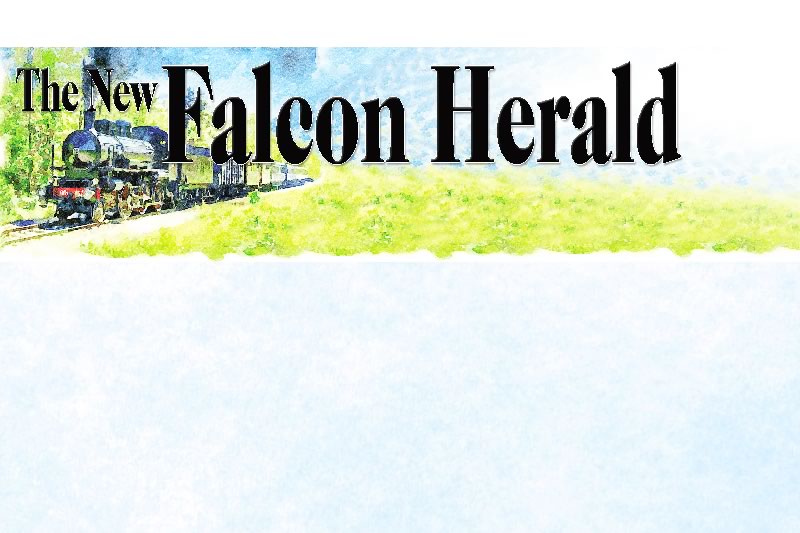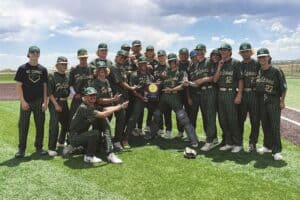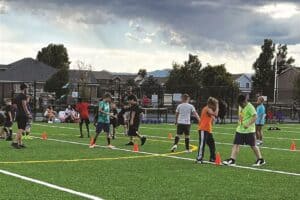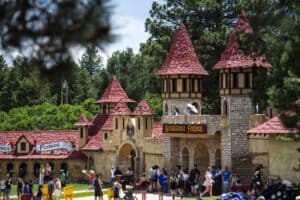Hello birders.Here is a way for you to get involved in science and put your interest in birds to use. Build bluebird houses.You can mount the bluebird houses in your yard and attract bluebirds, or sometimes, swallows. If you want to benefit bluebirds even more, you can volunteer to monitor the houses, which will involve recording weekly the bird’s progress throughout the breeding season. This information is incredibly useful, as it is then given to scientists, who can use the information to track bluebird populations across the continent.What do you do though, if you want to benefit these special birds, but don’t have the time to monitor the boxes or you live in the city where bluebirds are nonexistent? As part of the Pikes Peak Bluebird Society, I am looking for people who are interested in building boxes, which can then be given to bird enthusiasts to be distributed and monitored across the Pikes Peak region.But, by the way, why the big fuss over bluebirds? Well, most of you have probably noticed the ubiquitous little sparrows hopping around the fast-food restaurant parking lots eating fries and hamburgers. These are House Sparrows, and along with starlings and pigeons, they were introduced to New York from England in the 1800s. Since then, they and the starlings have spread completely across the continent, aggressively booting native species out of nesting holes and leaving a wake of destruction behind them.They will wait for a woodpecker to finish excavating a hole and then immediately take over the hole in such an aggressive manner that the more subdued native species have no chance in the battle. They will make vicious attacks on nests, destroying eggs, killing and throwing out young bluebirds, swallows, etc. and even trapping and killing adults in the box. So, after many years of this, the native bird’s populations plummeted, including bluebirds. Scientists and laymen found themselves face to face with a grim fact; if something wasn’t done quickly, they, and all future generations would be without these beautiful birds.And thus has begun one of the nation’s greatest citizen science projects. Now, across the continent, concerned birders and nature lovers build and monitor birdhouses and control the non-native pest species. At the end of the year, they submit their data to the organization for which they volunteer. This is usually the Cornell Lab of Ornithology or any of the local organizations. Those organizations then pass that information to Cornell, after collecting it from all their volunteers in that specific region. This is what the Pikes Peak Bluebird Society does.After many years of help, native bird populations began to recover, and now most seem to be out of trouble. This does not mean that they do not continue to need our help. Constant monitoring is needed to make sure that a crisis such as occurred previously does not repeat itself. So, if you are looking for a little project to do with the grandkids or maybe you just want to get involved, build a few birdhouses and contact me at 719-749-2323 or another member of the Pikes Peak Bluebird Society.







